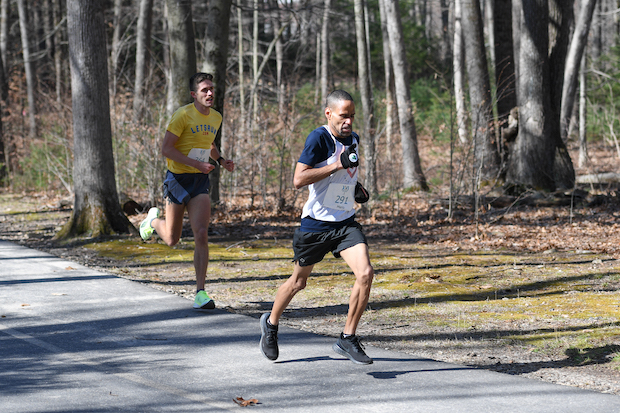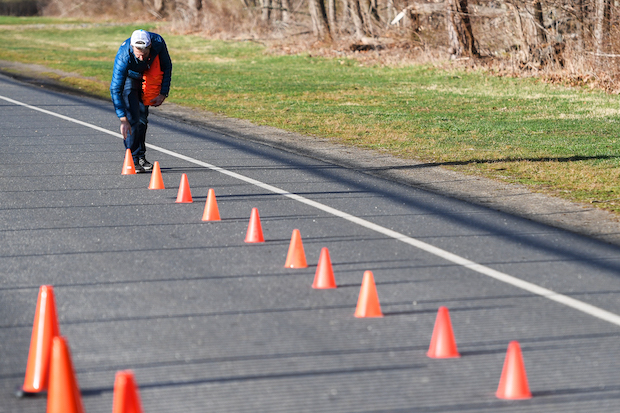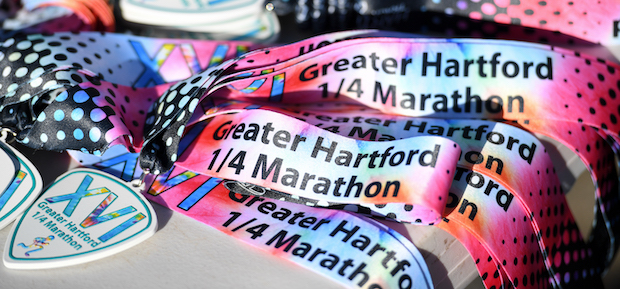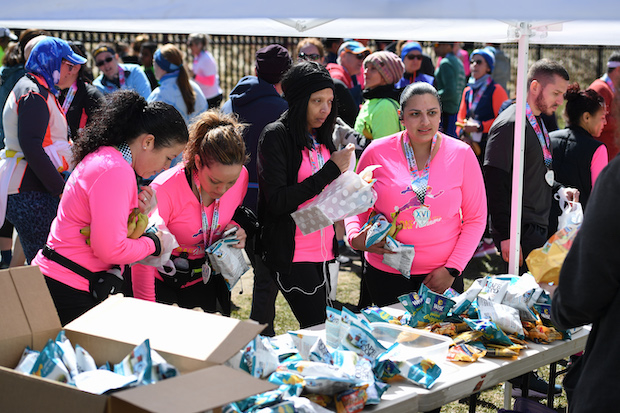The Price Increases Are Coming

My wife and I volunteer race direct a couple of running races a year in Connecticut, and we just got done with our 16th edition of our spring event — a 6.55 mile road race in West Hartford. Coming off the back of that, we've got a pretty good idea in terms of the market direction for racing. And, well, there's no way to sugarcoat this, so we might as well get the bad news out of the way.
Racing is about to get more expensive.
You may have already noticed it with some of your secondary races that you’ve entered. Or you may have started to see it as 2023 events start to open up. But it’s coming. And before we start railing away about a certain large race promoter and their pricing structure, let’s start peeling back why prices for races are going to start going up.

The Bare Bones Stuff
These are the kinds of things that, when Slowtwitchers (and elsewhere) talk about a simple event, it’s what gets included. It’s the logistical necessities of a race: your timer, any permitting fees you might be paying, police cost, and anything else that boils under “you can’t call it a race if it doesn’t have X.”
All of these items have increased significantly over the last six months. Let’s look specifically at timing. More often than not, races are put on in locations that require a fair amount of travel on behalf of your timing crew. This costs fuel, food, and often a hotel bill for that timing company. On top of that, the race itself is usually remote enough that in order to power the timing equipment, you’ll be running at least one generator. That, of course, costs more in fuel. This also doesn’t account for any increases in pay for the actual employees.
That cost is then passed to the race director as a larger bill (somewhere in the vicinity of approximately 20% larger year-over-year), who then has a decision to make – does he or she eat that increase? Or do they pass it to the consumer?
If you are a smaller race, or a not-for-profit, that decision is almost made for you – the margins are simply too small. You have to raise prices to cover the increase in timing. If you’re larger, you might be able to spread that cost around enough to avoid an increase on this line item alone.
But those larger races will also face other fees that might complicate matters. One of the major sticking points for the renewal of IRONMAN Lake Placid, for instance, was who would pay the bill for state troopers. If that $170,000+ bill comes IRONMAN’s way, it’s more likely than not the athlete’s will ultimately come up with the difference.

Swag, Food, and More
These are all of the “other” items that help turn a bare bones race into an event. Some would call these "nice to have." Some might say that we should eliminate these items altogether.
Having polled this question a few dozen times over, people simply like having stuff that elevates a race into an event experience. That means that you need to do things to help celebrate each person participating (e.g., prize money for top times at the front, but cheer your heart out for the final finishers), and you need to have keepsakes/mementos that get people to come back.
It's also an economic reality that people are more likely to pay for an event experience than they are a “here’s a timing chip, the start’s over there, the course is marked, see ya” bare-bones race. One of the things that we have noticed is people keep our shirts, and will line them up showing how many years they've run the race consecutively. (It's also free advertising and we like free.)
When it comes to wearable swag (medals and shirts), pricing went up almost $5 per athlete in the last six months. For our running race put on last weekend, that was a $1600 surprise that we simply couldn’t have priced into our calculus when we opened registration six months ago. (Shame on us for not reading the tea leaves of inflation.)

And then there’s food. Whether you’re buying fresh food from a grocer, or you’re contracting with a caterer to provide food for athletes post race, food prices are increasing at their fastest rate in the last 40 years. On average, pricing will increase here anywhere from 4-6% over 2021.
Adding It All Up
To put everything into perspective, the average per runner athlete cost for a 400 person 6.55 mile running race, which did not require a permitting fee nor police closure, increased $12 per runner. It’s not pretty. To offset that cost, we’ll be moving our price points up anywhere from $10 to $15 (we tier pricing based on when you register). As you can probably imagine, this cost grows significantly if you do have permitting fees, or policing fees, or other logistical or event-based needs.
We would be remiss, however, if we did not mention the exception to this rule: the dramatic price decrease from the PTO World Tour, cutting pricing by 50% for year one. You can register for the US Open for under $200, or the Canadian Open for under $225 CAD, currently. Given the economic environment, though, we would expect this deal to be a 2022 exclusive.
All photos: Ben Kimball Photography




Start the discussion at forum.slowtwitch.com